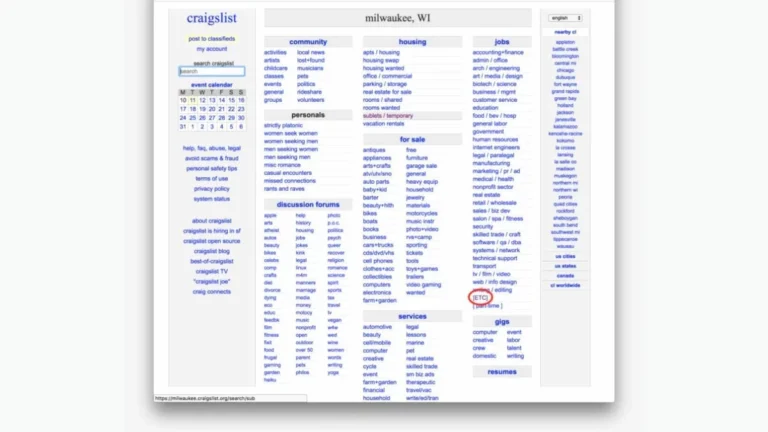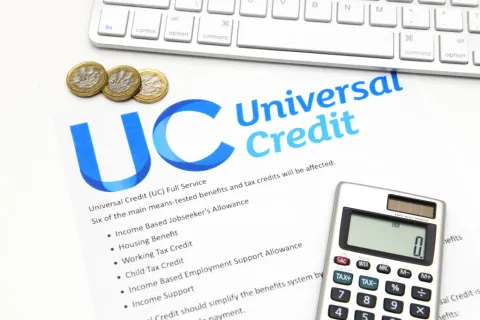The Rise of Eco-Friendly Packaging: A Guide to Greener Choices
From e-commerce shipments to grocery store shelves, packaging plays a pivotal yet invisible role in keeping products safe for consumption. However, much of this packaging eventually ends up as non-biodegradable waste overflowing landfills or polluting ecosystems. But promising alternatives have emerged. Environmentally friendly sustainable packaging utilizes renewable, recycled, or naturally biodegradable materials minimizing ecological footprints across entire supply chains.
What is Environmentally Friendly Packaging?
Eco-friendly packaging refers to all packaging materials, components, and final packages designed, produced, transported, and recovered using processes that maximize renewable resource utilization while minimizing overall environmental impacts.
Sustainable packaging aims to protect product integrity with the least resources extracting raw materials, consuming energy, and generating emissions over the material’s entire lifecycle. Optimized packaging additionally strives to be fully recoverable through reuse, recycling, composting, or recovery for parts at end-of-life rather than becoming landfill waste.
Key Characteristics of Eco-Friendly Packaging:
- Reduced Material Use: Conserving resources, sustainable packaging minimizes materials usage through lightweight, thin-walled, or reduced-layer designs carrying equivalent products. For example, thinner flexible pouches replace heavy rigid bottles.
- Recycled Content: Sustainable packaging contains high percentages of post-consumer recycled content from paper, glass, metal, or plastic waste streams rather than extracting and processing virgin materials.
- Biodegradability/Compostability: Inherently biodegradable materials decompose through natural biological processes in different environments – from backyard composts to marine ecosystems. Examples include paper, untreated wood, and PLA (polylactic acid plastic).
- Reusable Design: Durable designs supporting continued reuse for transporting goods time and again while resisting damage. Traditional crates and modern plastic totes exemplify reusable systems.
- Renewable Resources: Made from abundant fast-growing annual crops that replenish quickly through dedicated cultivation like trees for paper or sugarcane for bagasse fibers.
The Importance of Eco-Friendly Packaging
Resource Depletion: Global packaging consumption is expected to grow over $1 trillion by 2026 as more goods get packaged, risking unsustainable extraction and processing of raw materials from wood pulp to metal ores.
- Pollution: Both packaging manufacture and post-use waste management through littering, dumping, or incineration release toxins contaminating air, land, and water threatening health.
- Landfill Overload: Single-use packaging piles up occupying precious landfill space and releasing methane emissions as materials slowly decompose over centuries.
- Climate Change: Virgin material extraction and intensive manufacturing processes drive up carbon dioxide emissions with additional transportation impacts before ultimately creating waste.
By choosing eco-friendly alternatives, we can:
- Conserve Resources: Renewable, recycled, and reduced material usage preserves precious raw materials for future generations while sustaining supply chains. For example, recycled aluminum production uses 90% less energy than refining virgin ore.
- Minimize Pollution: Greener technologies and renewable feedstocks lower air, water, and land toxic releases improving ecosystem health and community wellbeing.
- Reduce Landfill Waste: Compostable or recyclable packaging diverts billions of tons of waste from landfills annually extending site lifetimes.
- Mitigate Climate Change: Abating virgin material demands coupled with lower production and distribution impacts drastically reduces packaging-related greenhouse gas emissions.
Types of Environmentally Friendly Packaging Materials
A wide range of sustainable packaging materials are available, each with its unique advantages and applications:
- Recycled Cardboard/Paperboard: Fiber-based packaging with high recycled content offers renewable biodegradability. E-commerce parcel boxes and food containers rely on recycled paper and cardboard.
- Recycled Plastics: Hard-to-recycle plastic waste gets reprocessed into reusable packaging including plastic totes, films, and bottles protecting goods.
- Bioplastics: Innovative biodegradable plastics derived from plants like PLA (polylactic acid) make compostable containers, cutlery, and wraps replacing oil-based polymers.
- Plant-Based Fibers: Abundant agricultural residues from cereal crops, grasses, and bananas transform into molded packaging replacing Styrofoam and plastics.
- Glass: Made from recycled glass or renewable raw materials like sand, glass containers enable safe food storage that is endlessly recyclable.
- Metal: Infinitely recyclable lightweight aluminum and steel cans, drums, and pails made with high recycled content offer unparalleled durability.
- Compostable Films and Pouches: Tree pulp or potato starch-based films allow protective standalone pouches or barrier coatings on paperboard containers.
- Reusable Fabrics: Durable woven jute, hemp or cotton fabric sacks provide reusable transport packaging minimizing single-use box waste.
The diverse eco-friendly packaging possibilities suit nearly every application from perishable foods to durable consumer electronics optimizing sustainability.
Embracing Sustainable Packaging as Consumers
As consumers, our choices have power. Here’s how we can support the movement towards eco-friendly packaging:
- Choose Products with Sustainable Packaging: Prefer goods utilizing recycled materials, bioplastics, or minimal packaging during purchases to drive market demand for greener alternatives.
- Buy in Bulk: Cut down on overall packaging waste by purchasing concentrated products in large format containers instead of several small packets.
- Bring Your Bags: Carry reusable shopping bags, food containers, and travel mugs eliminating single-use packaging waste from daily routines.
- Support Brands with Eco-Conscious Practices: Buy from certified B-Corps, “zero-waste” companies, or those offsetting plastic footprints through recovery partnerships.
- Reuse and Repurpose: Get innovative reusing durable packaging for storage or give used boxes/mailing envelopes second lives before responsible recycling.
- Recycle Properly: Follow local guidelines ensuring used packaging enters appropriate paper, plastic, and glass recycling streams improving reuse rates.
- Compost: Deposit eligible compostable packaging alongside food scraps for industrial composting or backyard waste decomposition into nutritious soil.
The Role of Businesses in Sustainable Packaging
Businesses play a crucial role in driving the adoption of eco-friendly packaging:
- Innovation: Brands lead next-gen sustainable packaging solutions through pioneering plant-based, biodegradable, or recycled material R&D alongside inventing reuse models.
- Material Selection: Strategic procurement guidelines prioritize certified renewable, compostable, recycled, or recyclable packaging materials across supply and distribution networks.
- Design Optimization: Right-sized packaging eliminates void spaces and material redundancies while preserving item protection and shelf appeal.
- Supply Chain Collaboration: Shared vendor expectations, consumer education, and recovery partnerships between businesses bolster packaging circularity across entire life cycles.
- Transparency and Education: Published impact reports, on-package seals, and consumer communication build corporate and buyer awareness of packaging sustainability.
Leading brands across CPG, retail, and e-commerce implement holistic environmental policies valuing ethics, innovation, and stakeholder inclusivity achieving truly sustainable packaging.
Challenges and Future Outlook
While the shift towards sustainable packaging is gaining momentum, challenges remain:
- Cost: Recycled and eco-friendly packaging currently carries premium pricing over generic plastic and polystyrene options hampering large-scale transitions. But overall TCO benefits appear long term from transportation savings.
- Performance: Finding the balance between minimal material usage and effectively protecting products from physical or temperature damage needs consideration, especially for perishable goods.
- Infrastructure: Realizing closed-loop recycling and composting requires tremendous coordinated investments into municipal and corporate waste management systems alongside public participation.
Conclusion
Packaging plays an indispensable everyday role keeping today’s wide diversity of products protected for use by consumers. However, major environmental issues, from excess material waste to ecosystem pollution, resulting from conventional plastic and polystyrene packaging necessitate businesses to adopt circular, eco-friendly alternatives. As corporations respond with ambitious sustainable packaging commitments alongside investing in renewable solutions, consumers also contribute through shifting buying preferences and responsible disposal habits that complete material life cycles. Momentum towards commercially viable plant and recycled-content packaging also continues growing through ongoing innovation.
Should you wish to explore other topics, head to our main blog. We’ve got more!







